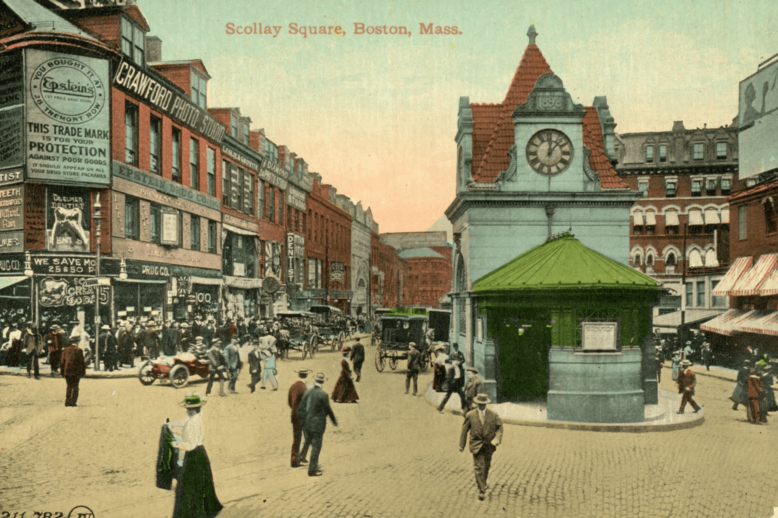Southworth & Hawes: Early Photography in Boston
The partnership of Albert Sands Southworth and Josiah Johnson Hawes revolutionized early photography in the United States, particularly through their exceptional portrait daguerreotypes. Operating from 1843 to 1861, their renowned Scollay Square studio attracted elite clientele, including prominent political, intellectual, and artistic figures, as well as many notable West Enders. Their streetscapes of Scollay Square, the West End, and other Boston neighborhoods, and their commissioned works on historic events, documented Boston during a period of physical and cultural change.




